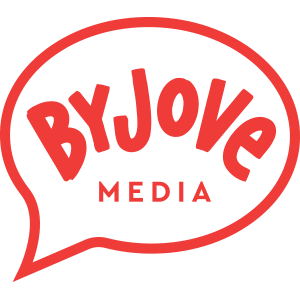When it comes to social media, more doesn’t always mean better. One of the questions people ask most often is: “Should we be posting more than once a day?” The short answer from ByJove Media? For most businesses, no. Here’s why, with research and data to back it up (although years of experience have demonstrated this to us as well!).
1. Engagement actually drops when you post too often
HubSpot’s analysis of Facebook pages found that businesses with fewer than 10,000 followers got 50% fewer clicks per post when they published twice a day compared to once. Posting more diluted engagement. Only very large pages (10k+ followers) benefitted from high frequency.
Buffer and BuzzSumo analysed 43 million Facebook posts and found the same pattern: accounts posting 10+ times per day saw engagement per post fall by almost two-thirds.
Takeaway: more posts don’t automatically mean more engagement as it splits your audience’s attention.
2. Each post has a short life so don’t crowd it out
Academic research shows that 90% of engagement on a Facebook post happens within 30 hours. (Arxiv, 2023)
That means if you publish again too soon, your new post competes directly with your last one, cutting short its chance to gain traction.
3. There’s an “optimal” frequency before results dip
One peer-reviewed study found an inverted U-shaped curve for posting: engagement rose as frequency increased up to about 6–7 posts per week (approx. once a day). Beyond that point, engagement and brand mentions started to decline. (Researchberg, 2022)
Takeaway: posting daily works well, but pushing beyond that often tips into overposting.
4. Quality beats quantity every time
Another large-scale study of 9,330 brand posts concluded that content strategy matters more than raw frequency. (Sage Journals, 2023)
Strong, relevant posts will outperform multiple weaker ones. If upping your frequency means compromising quality, your results will slide.
5. Audiences feel overload if you post too much
A UK survey of 587 social media users found that many felt “information overload” when exposed to frequent posts. (Arxiv, 2013) The result was people filtered content out, disengaged, or unfollowed.
It’s not just about the algorithm, it’s about people as nobody likes to feel spammed.
What this means for your business
Once a day is enough. For most small to medium businesses, one strong post per day (or 3–5 times a week) is the sweet spot.
Focus on quality. It’s better to have fewer, stronger posts than lots of weaker ones.
Give posts space. Let each one breathe for at least 24 hours before you post again, so it can reach its full potential.
Use Stories and Reels for “extras.” If you’ve got more to share, Stories and Reels are designed for higher-volume, lighter-touch content that won’t overwhelm the feed.
Social media presence isn’t about volume, it’s about impact. Posting multiple times a day can actually work against you, leading to lower engagement, audience fatigue, and wasted effort. The data shows it’s key to stick to quality over quantity, and your audience (and the algorithm) will thank you.

